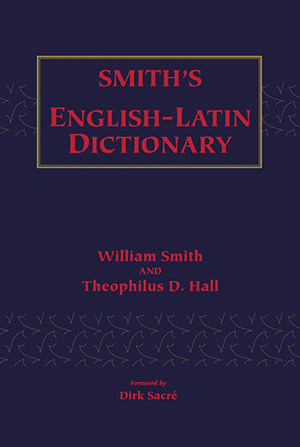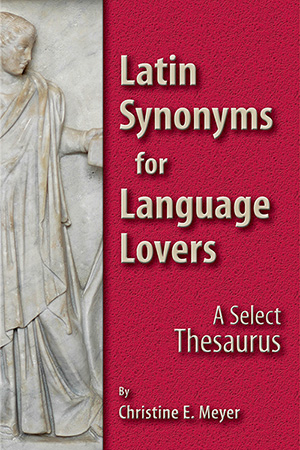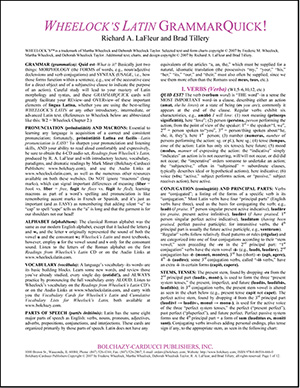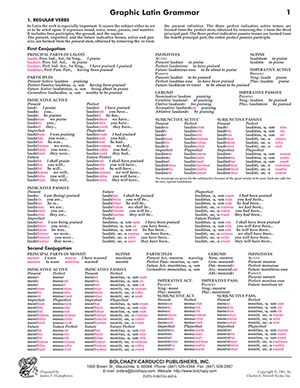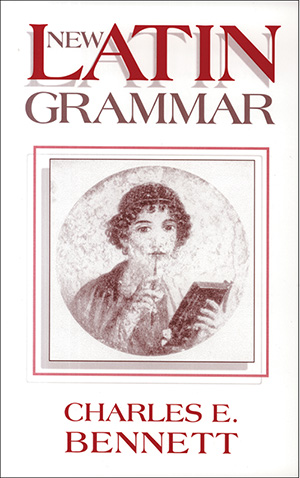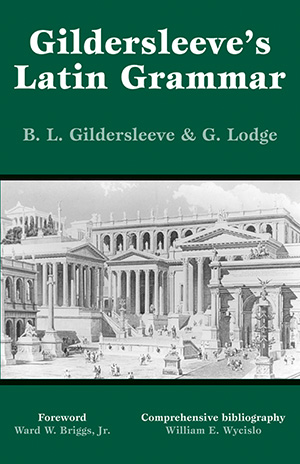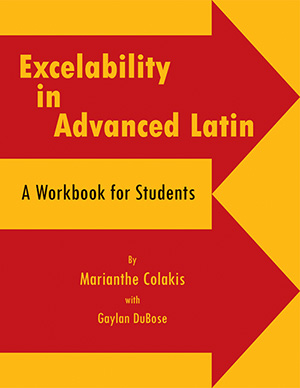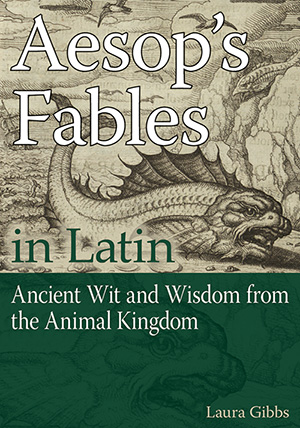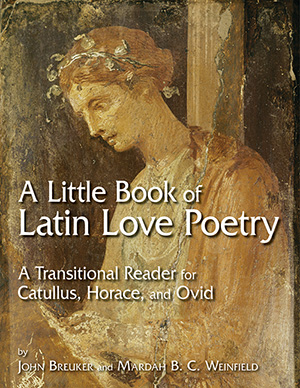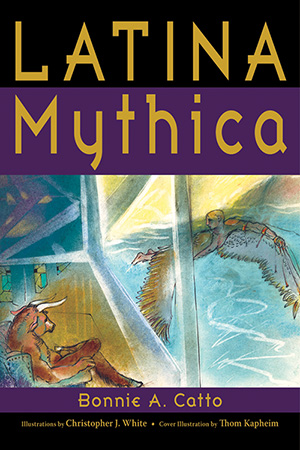Looking at Latin is a complete illustrated grammar reference book for all levels of pre-college Latin, from middle school through high school.
Lessons are designed to cover single topics—from the subject nominative to the impersonal passive periphrastic—which allows for flexibility in the order in which lessons are covered. Innovative visual elements bring clarity and energy to the presentation of grammatical material, with arrows and colored text emphasizing and connecting important points. Information is delivered via small text boxes that allow students to use a step-by-step approach to learning forms and syntax, and comprehensive example sentences illustrate each topic in detail. Abundant color illustrations add personality and humor, producing a visual appeal unusual to Latin grammars.
Whether the student needs to review declensions and conjugations or would like to learn how to use constructions such as the ablative absolute or purpose clauses, this is the book to use.
A class set of this new grammar, Looking at Latin, is a must for every middle and high school Latin classroom. Students continuing in Latin will surely want to purchase personal copies.
Special Features
- detailed table of contents makes finding topics easy
- topics are arranged by grammatical category, making the book as useful for later review and reference as for initial learning
- dynamic layout with text boxes, arrows, examples, and color illustrations
- design expressly targets Latin students from middle school through high school
- illustrations represent the diversity of the modern world
Errata:
- p. 14: Use calcar (spur) as your i-stem -ar example (instead of nectar)
- p. 19: The noun dies (day) should be listed as masculine (though it sometimes can be feminine).
- p. 34: The implied verb in sentence #2 should be "to be enthusiastic."
- p. 39: Sentence #3 should be Lūcius dē vī absolvētur.
- p. 56: The meaning of licet should be “it is allowed”
- p. 67: The +E in top box should be removed. Also, there should not be a long mark over ex in the second example sentence.
- p. 68: There should not be a long mark over ex in the top box.
- p. 74–5: “During” should be added to the top box on p. 74 and removed from the top box on p. 75. The note on “DURING” on p. 75 should be part of page 74.
- p. 125: The meaning of pessimē is “worst.”
- p. 180: Box titled “Tense forms with ‘E’ ”: docēbit and mittit should be docēbis and mittis.
- p. 184: Future Tense of sum is erō, eris, erit, erimus, eritis, erunt. The 3rd person singular needs to be corrected.
- p. 238: Top right yellow circle should contain nē rather than ut nōn.

Latin Synonyms for Language Lovers : A Select Thesaurus
$29.00


